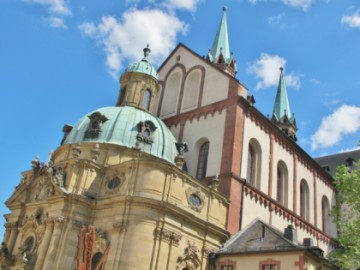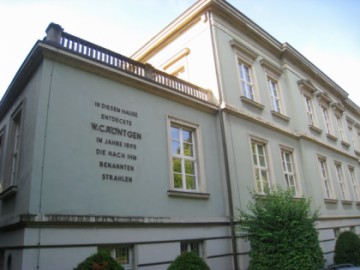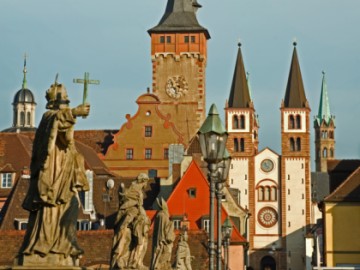Würzburg, the Wine Capital of Bayern
Ancient Würzburg is famous for its history, architecture and wine. The residence of the bishop in Würzburg is known in the whole world – a majestic Baroque palace that is in no way inferior to Versailles in its luxury. No less famous are the cellars of the residence full of Franconian wine, the capital of which Würzburg is considered to be. This town was loved by Napoleon and Mozart, and nowadays there is no end to tourists in Würzburg who come here for picturesque views and good mood.
Cafes, bars and restaurants in Würzburg
See all
Restaurants

87 bar
Bar • Café
+49 931 78023947
Payment methods:

Alter Kranen
Restaurant • Inn • Biergarten • Bar
+49 931 99131545
Payment methods:

Büttnerstuben
Family restaurant • Catering
+49 931 54627
Payment methods:
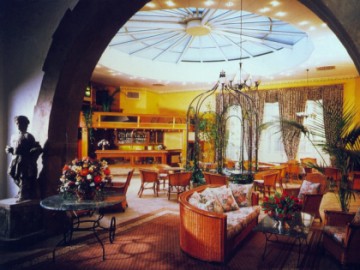
KUNO 1408
Restaurant • Hotel
+49 931 30931408
Payment methods:
All sights in WürzburgSee all




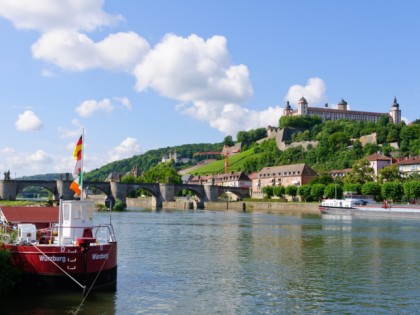
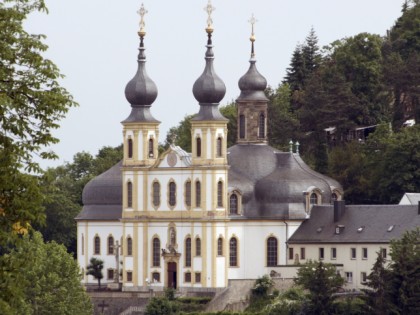



 Castles, Fortresses and Palaces
Castles, Fortresses and Palaces
 Museums and Exhibitions
Museums and Exhibitions
 Architectural Monuments
Architectural Monuments


